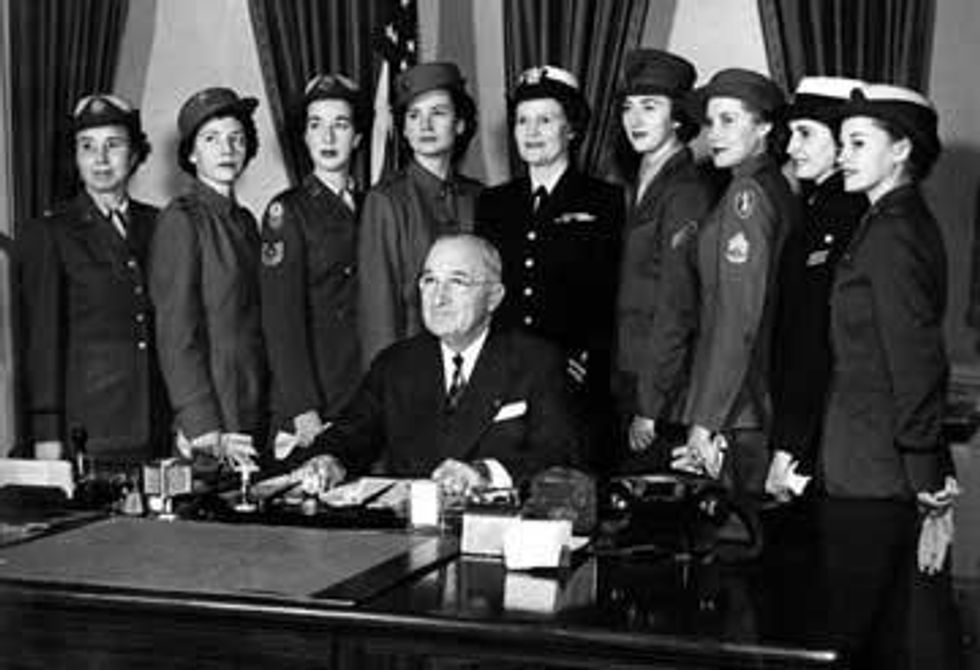“I declare to you that woman must not depend upon the protection of man, but must be taught to protect herself…” – Susan B. Anthony
March 1st marks the start of women’s history month, a time dedicated to special acknowledgements across the nation – recognizing the efforts women have made to break barriers, highlight diversity, and overcome adversity. From suffrage fighters to business trailblazers, I’d say women have paved a path for success over the decades. In particular, women have been extremely successful in their efforts to join the military and change the way the American forces look today.
So yeah – I guess you could say women are pretty badass nowadays and out of the 1.4 million active duty military forces today, about 225,000 are sporting double X chromosomes. Here are some other impressive facts showcasing (just a few) accomplishments of military women out there today.
1. Largest number of female midshipmen
The United States Naval Academy is currently celebrating forty years of women at the institution. The brigade now consists of about a 1:4 ratio of women to men, compared to the mere 51 that graduated in 1980. Class of 2019 even marks the highest number of females to date with over 300 inducted July of 2015.
2. Women can now officially hold combat positions
The ban was lifted in 2013 by congress and now women can join men alongside infantry units – assuming they meet all standards. Women can now serve as Army Rangers, Green Berets, Navy SEALs and any other job that was not previously open to them just a couple years ago.
3. Women have been serving for over one hundred years now
Loretta Walsh was the first women to enlist in the Navy – 1917. Close to one hundred years later, the nation's armed forces now consider about 15% of its population as female.
4. Leading military roles now being filled by women
In the American Revolution, women supported military efforts by becoming nurses and cooks for the most part. Deborah Sampson had to pretend to be a man just to be able to get to the front infantry lines. Today, females are serving with distinction and accomplishing just as much, if not more, than some men are. Just recently (2014), Michelle Howard became the first woman to attain the rank of four-star admiral.
5. Paving the path of integration and acceptance
There has been a hard push for military inclusive efforts over the decades. Following racial integration in 1948 and the allowance of gay men/women to serve openly in 2011, women are still breaking barriers regarding physical and mental capabilities. Only time will tell what obstacles are left to be overcome.
"The views expressed , [in this article] reflect personal opinions of the authors and do not reflect the official policy or position of the United States Naval Academy, the United States navy, any federal agency, the Department of Defense, or the U.S. Government.”













 The minimum wage is not a living wage.
StableDiffusion
The minimum wage is not a living wage.
StableDiffusion
 influential nations
StableDiffusion
influential nations
StableDiffusion












